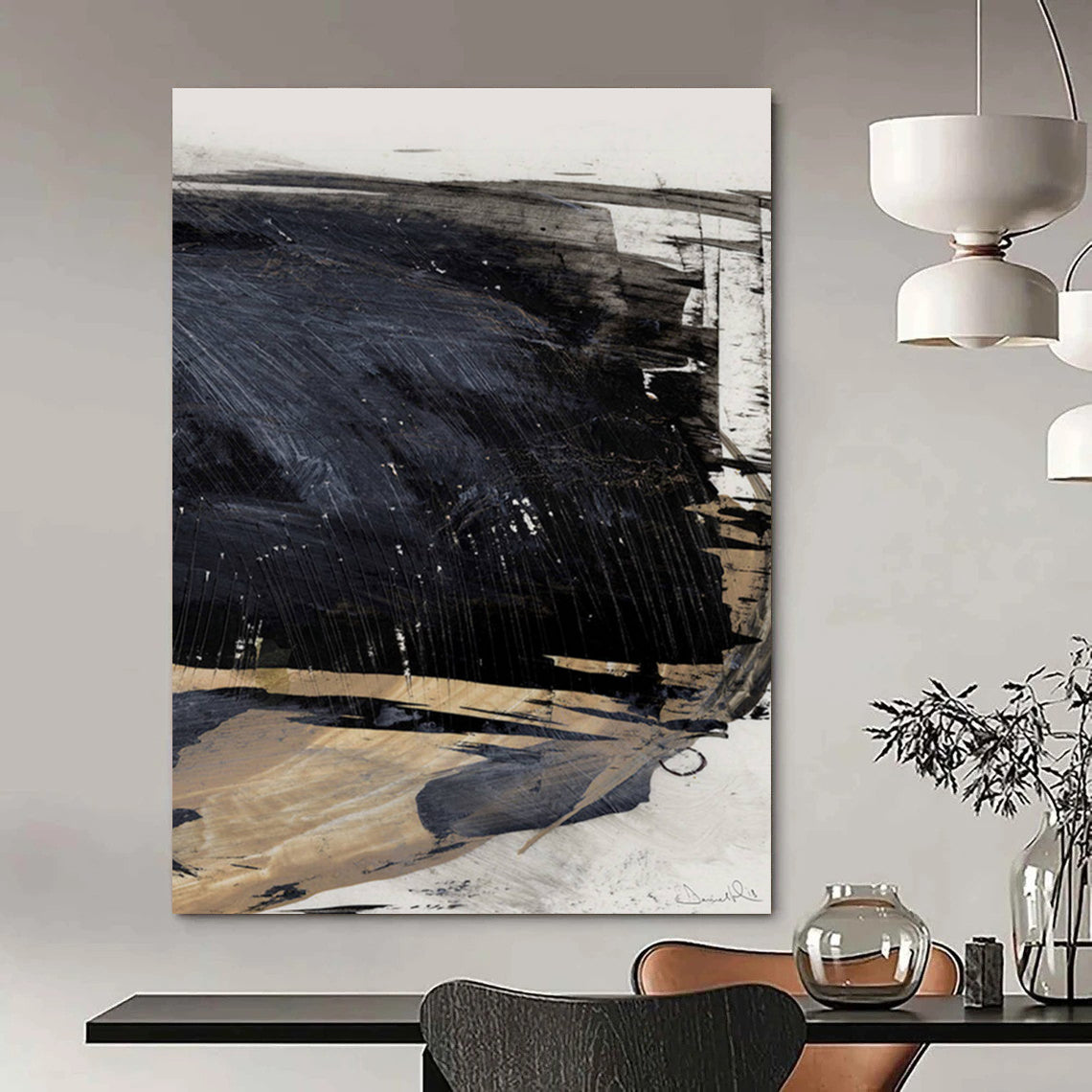Black and White Wall Art holds a unique place in the world of art and design. Its striking contrast and minimalist palette allow for powerful emotional expression and visual clarity. This form of art transcends fleeting trends and fits into diverse styles, from contemporary and industrial to classic and minimalist interiors. The interplay of light and shadow, form and texture within black and white compositions invites viewers to focus deeply on composition and meaning without distraction from color.
Historical and Artistic Significance of Black and White Art
Monochromatic art has a rich history that traces back to early expression and the very origins of drawing and painting. Over centuries, the use of black and white evolved beyond technical necessity to become a deliberate artistic choice. This palette speaks the universal language of contrast, balance, and simplicity. Throughout art history, artists have used black and white to capture raw emotion, explore form, and evoke intellectual and spiritual reflections.
During the mid-20th century, Abstract Expressionism brought black and white wall art into sharper focus. This movement prioritized emotional intensity and spontaneity, with many artists using monochrome to highlight gesture and form. The American painter Franz Kline, for example, created monumental, energetic black-and-white canvases inspired by urban architecture and structural forms. His paintings such as Chief and Mahoning showcase jagged black strokes dynamic against white backgrounds, emphasizing movement and tension. Kline's artworks stand alongside those of other abstract icons, symbolizing the power of minimal colors to generate maximum impactFranz Kline, American Genius of Abstract Art.

Pioneers and Contemporary Artists in Black and White Art
Many renowned artists have shaped the black and white art genre with their innovative practices. Kazimir Malevich’s groundbreaking Black Square famously symbolizes the birth of pure abstraction. Piet Mondrian's grid abstractions also exploit black and white to articulate harmony and structure. African American artists have a vital legacy in black and white abstraction as well — Norman Lewis and Sam Gilliam, among others, contributed deeply to Abstract Expressionism and the broader narrative of modern art, using monochromatic palettes to explore identity and emotionBlack Abstract Artists Are Finally Being Recognized by the Art Market.
Lee Krasner’s early collages and calligraphic abstractions demonstrate another facet of black and white’s expressive potential. Their ability to convey both chaos and order makes monochrome art endlessly compelling.
A variety of contemporary artists continue exploring black and white with fresh techniques and visions. Their works emphasize texture, rhythm, and the balance between empty and filled space, inviting viewers to interact on multiple perceptual levels.
Techniques that Bring Black and White Art to Life
Contrary to assumptions of simplicity, black and white wall art can be highly complex. Artists use layering to develop rich tactile surfaces, blending smooth areas with rough textures that engage light differently. Strong contrasts create drama and focus, while subtle gradations build depth and atmosphere. Techniques such as dry brush, impasto, or ink absorption add unique dynamics within black and white compositions.
Understanding the nuanced relationship between positive and negative space is crucial in this art. This relationship transforms the limited palette into an expressive playground where every line, shape, and shadow counts.
Integrating Black and White Wall Art into Your Space
Black and white artwork offers exceptional versatility for interior decoration. Its neutrality makes it suitable for various environments, whether to serve as a calming visual anchor or a bold statement piece.
Large-scale black and white paintings command attention in living rooms or offices, while smaller pieces work beautifully in galleries or bedroom settings. Pairing multiple monochromatic pieces on a wall can create rhythm and visual harmony or a purposeful contrast.
Using frames that complement monochrome artworks, such as sleek black or simple white frames, enhances the viewing experience without detracting from the art itself.
Gain design inspiration and practical advice on displaying black and white art here: Decorating with Black and White Prints for Sophisticated Interiors.
For more curated black and white art collections, visit: Black and White Wall Art | Shop Large Prints at BIG Wall Décor.
FAQ
What is Black and White Wall Art?
Black and White Wall Art features artworks that utilize only black, white, and grayscale tones to create compelling visual compositions emphasizing contrast, form, and texture.
Why do artists choose black and white?
Because it strips away color distractions, focusing the viewer on composition, mood, and the dialogue between light and shadow, often resulting in more evocative and expressive works.
Who are some famous black and white artists?
Franz Kline, Kazimir Malevich, Piet Mondrian, Norman Lewis, and Lee Krasner have all made significant contributions to black and white art, inspiring many contemporary artists.
How does black and white art create depth?
Through techniques like layering, textural contrasts, manipulation of light and shadow, and use of positive and negative space, artists create rich visual environments in monochrome works.
Is black and white wall art suitable for modern homes?
Absolutely. Its neutrality and timeless style make it perfect for various décor styles, adding sophistication and visual interest without overpowering other design elements.

